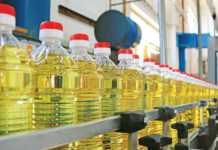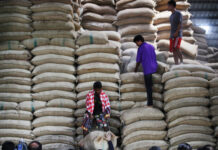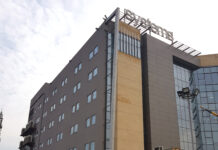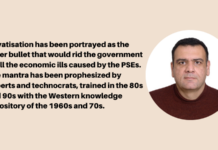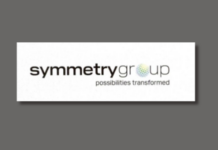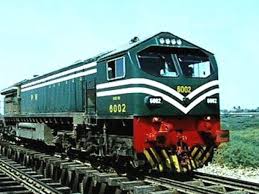The revenues of Pakistan Railways have increased to Rs36, 581.864 million in year 2015-16, as against to Rs18, 069.546 million in year 2012-13, registering a net gain of Rs18, 512.318 million in three years.
The present government has brought down the deficit of Pakistan Railways to Rs26.993 billion by June 2016 from Rs30.504 billion in 2013, an official told APP.
This is despite the fact that the expenditures have risen from Rs48.535 billion in 2012-13 to Rs63.154 billion during 2015-16, he added.
He said the increase in expenditures was mainly due to the increase in pay, pension and allowances as a result of the budget announcements and could not be curtailed.
Highlighting the steps taken by the government to reduce the deficit of Pakistan Railways, he said that the passenger sector earned Rs20, 871.630 million during the year 2015-16 as compared to Rs12,982.218 million in 2012-13, thus registering a growth of Rs7,889.412 million in three years.
The freight sector earned Rs10,585.903 million during the year 2015-16, as compared to Rs1,673.661 million in year 2012-13, registering a growth of Rs8,912.242 (532.5 per cent) in three years, he added.
He said that Pakistan Railways managed to load 243,794 wagons of different commodities during the year 2015-2016, registering an increase of 26.24 per cent as compared to the wagons in year 2012-13.
Other measures included the introduction of competitive freight rates to diversify the traffic from road to rail, preference to block train loads, FDA based agreement with Maple Leaf Cement Factory and MOUs with Awan Trading Company along with Chishtian Logistics for transportation of coal and the allocation of dedicated locomotives in freight pool, which improved from 10 locomotives in 2012-13 to 65 locomotives in 2015-16.
He said the preference to high rated commodities like POL and in-land coal transportation, agreement with M/S Ruy; Shendong for transportation of 4.2 million tonnes of imported coal from the port to the coal Fired Power Plants in Sahiwal, along with the improvement in terminal facilities to curtail the loading and unloading time, were among the other steps taken.
Pakistan Railways introduced high capacity/high speed Hopper Trucks for swift movement of coal, introduction of dedicated new high horse power (4000 to 4500 HP) locomotives for freight transportation, up-gradation of existing tracks on the main corridor (ML-1), which is being conducted under the China Pakistan Economic Corridor as well as established Freight Transport Company to explore new avenues for future freight traffic.
In the passenger sector, he said the department had adopted measures which included outsourcing of commercial management of four trains to generate a revenue of Rs3.35 billion per annum, reduction of fares of different trains attracting more than 5.1 million passengers to travel by train, and the introduction of Green line train between Rawalpindi-Karachi via Lahore, with extra facilities and amenities.
He said that Pakistan Railways also took some other steps to improve the financial health of the department which included the introduction of different packages, concessions in different classes, rationalisation of the fare structure in order to make it more competitive with road sector, and the running of special trains on eves of Eid-ul-Fitr, Eid-ul-Azha, Urs of Lal Shahbaz Qalander, Urs of Bahauddin Zakaria, Besakhi and the Tableeghi Ijtimah, etc.


